Understanding the Different Names for Traffic Delineators in North America
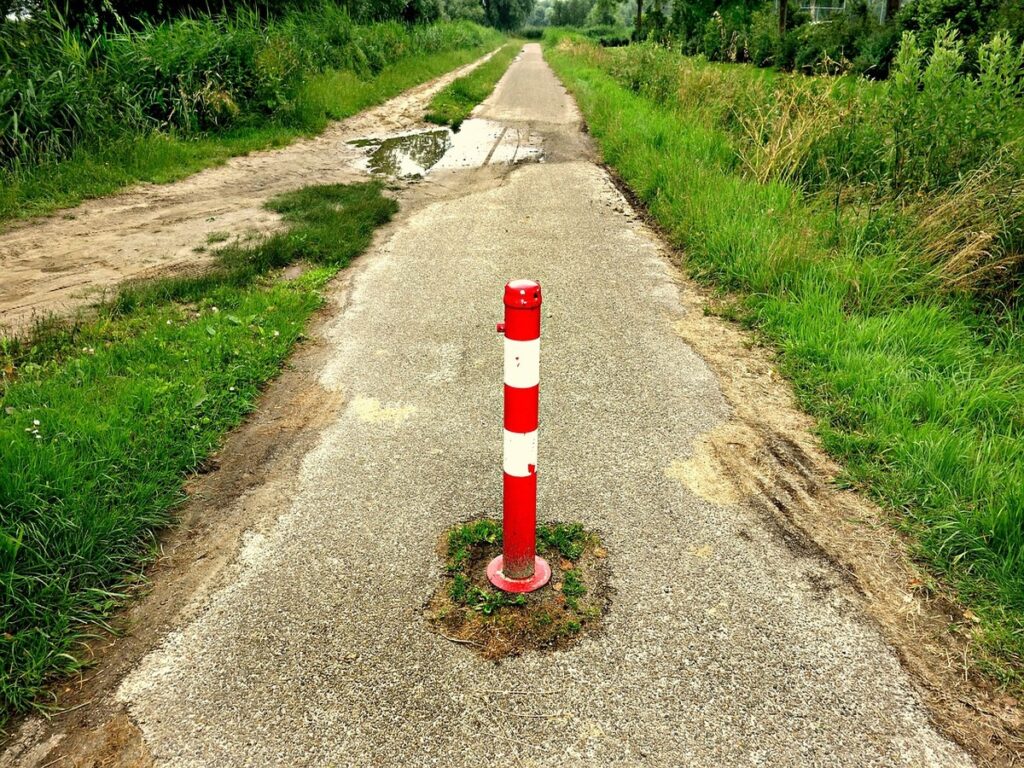
Traffic delineators play a crucial role in keeping roads safe and organized. These devices, made from various materials, guide drivers by marking lanes, road edges, or potential hazards. Flexible designs, like those that bend upon impact, reduce damage to vehicles and the delineators themselves. You often see them enhancing visibility in low-light conditions or during adverse weather.
Understanding the Difference Between Road Bollards and Delineators
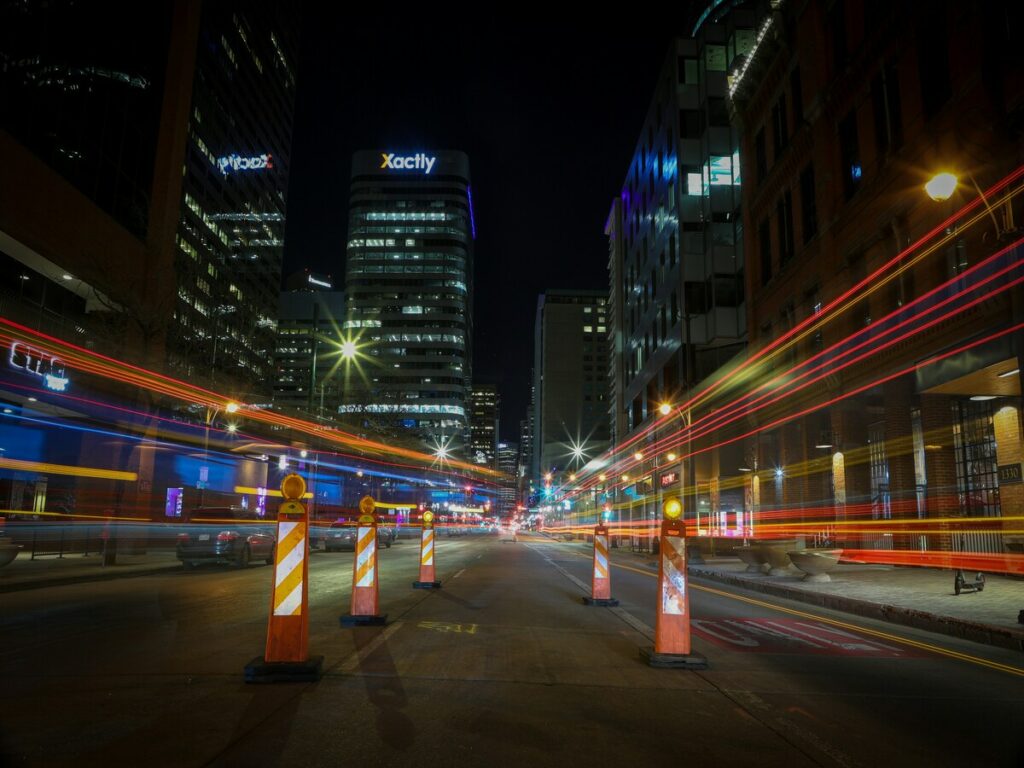
You encounter road bollards and delineators daily, but their purposes differ significantly. Bollards act as sturdy barriers, often placed in pedestrian zones to block vehicle access and enhance road safety. En contraste, delineators guide traffic with their flexible design, commonly marking lanes or curves on highways. These devices serve unique roles. Por ejemplo, delineators ensure safe navigation in areas prone to accidents, while bollards protect pedestrians and cyclists by restricting vehicles. Understanding these distinctions helps you choose the right solution for traffic control and safety.
Enhancing Traffic Calming with Traffic Cones: Key Strategies and Effectiveness
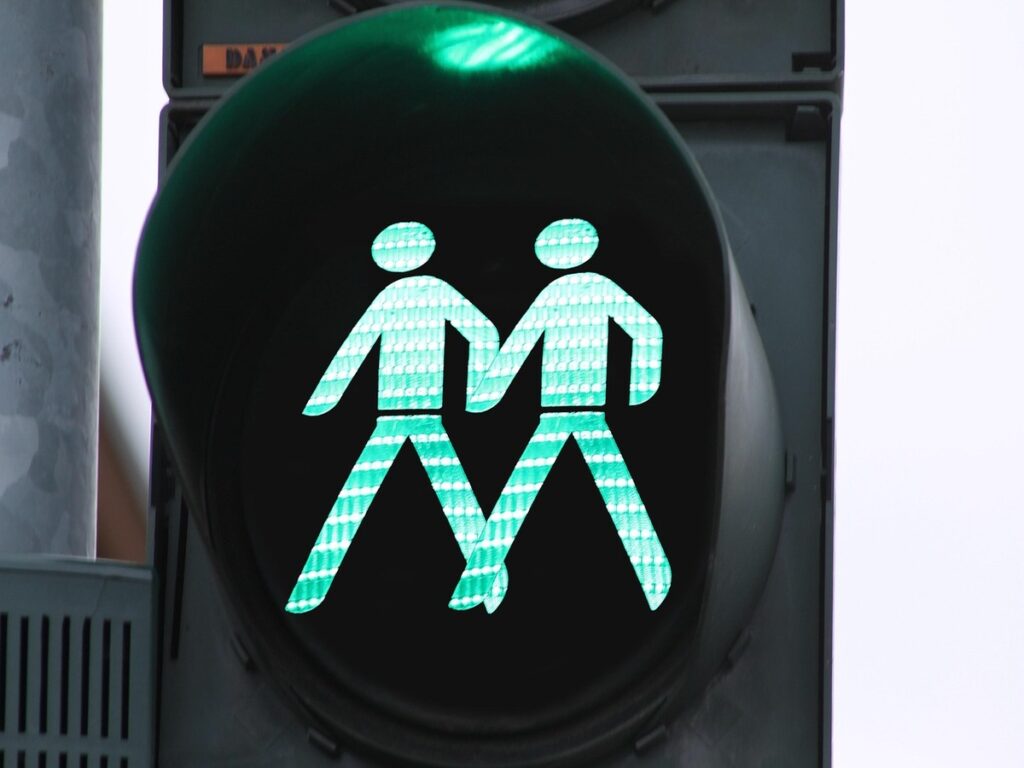
Traffic cones play a vital role in creating safer streets by effectively managing traffic flow. These tools are not only easy to deploy but also highly adaptable to various scenarios. Por ejemplo, a large traffic cone can guide vehicles through construction zones or narrow lanes, ensuring smoother navigation. Compared to permanent barriers, traffic cones offer a cost-effective solution. They can be reused multiple times, reducing long-term expenses. Their versatility extends to roadwork, events, and emergency zones, making them indispensable in traffic management.
Maximizing Road Efficiency with Shoulder Use: How Traffic Cones Improve Safety and Operations
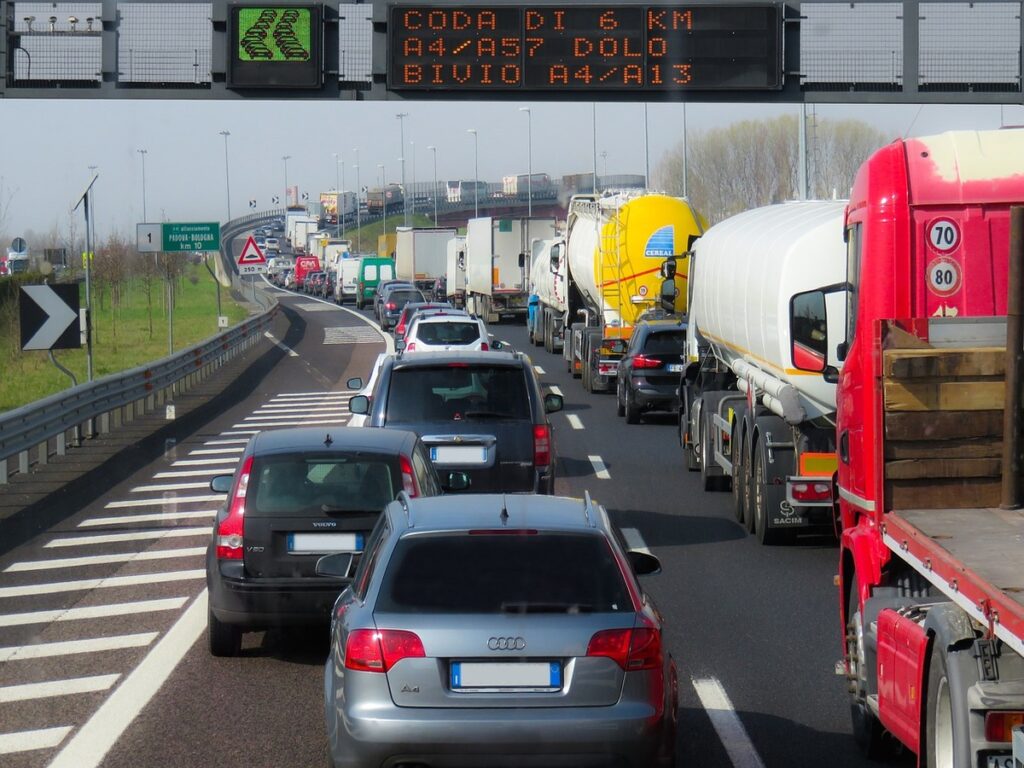
Efficient roads keep traffic flowing and reduce delays. You play a vital role in ensuring safety by understanding how to manage roadways effectively. Plastic road cones improve visibility and guide drivers during shoulder use. Their reflective materials and fluorescent orange colors make them easy to spot, even at night. Strategically placed cones create clear paths, helping drivers navigate detours and adjust to new traffic patterns. Proper placement transforms shoulders into safe, temporary travel lanes, reducing congestion and enhancing safety for everyone on the road.
Optimizing Traffic Flow and Safety at Roundabouts with Traffic Cones
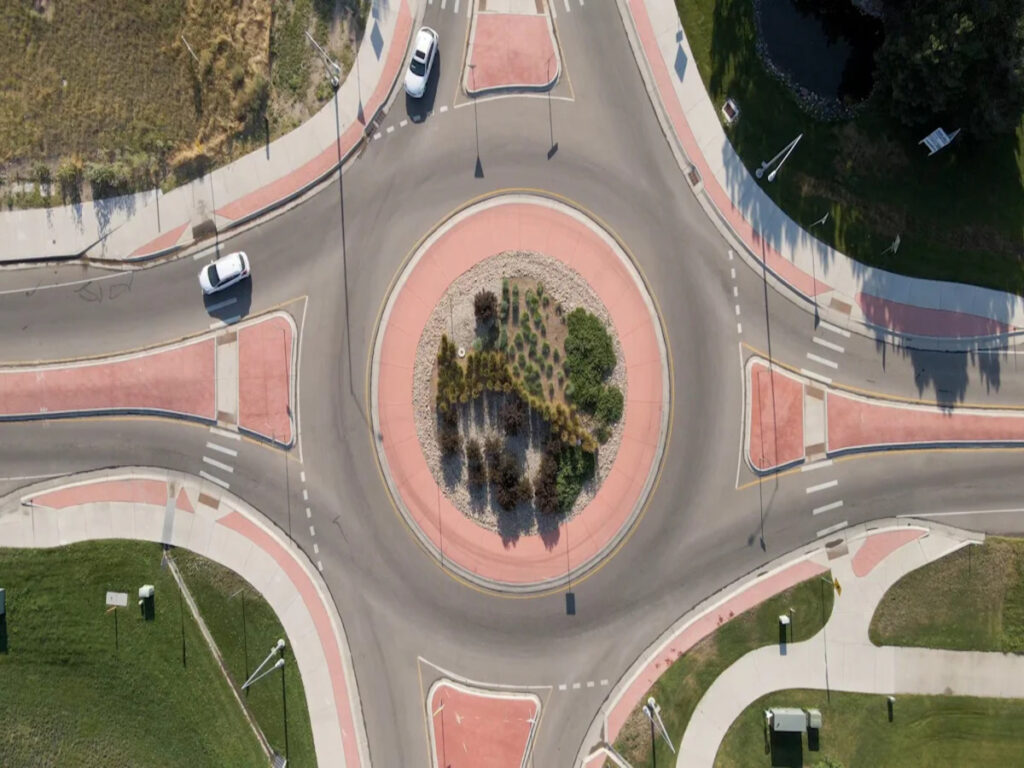
You encounter roundabouts daily, but navigating them safely requires clear guidance. Traffic safety cones play a vital role in ensuring smooth traffic flow and reducing confusion. These cones act as visual cues, helping you stay in the correct lane and avoid potential hazards. Their strategic placement enhances road safety by preventing accidents and protecting pedestrians. Whether managing temporary detours or marking construction zones, these tools provide an effective solution for improving safety at intersections.
Addressing Traffic Bottlenecks with Traffic Cones: Low-Cost Solutions for Effective Congestion Management
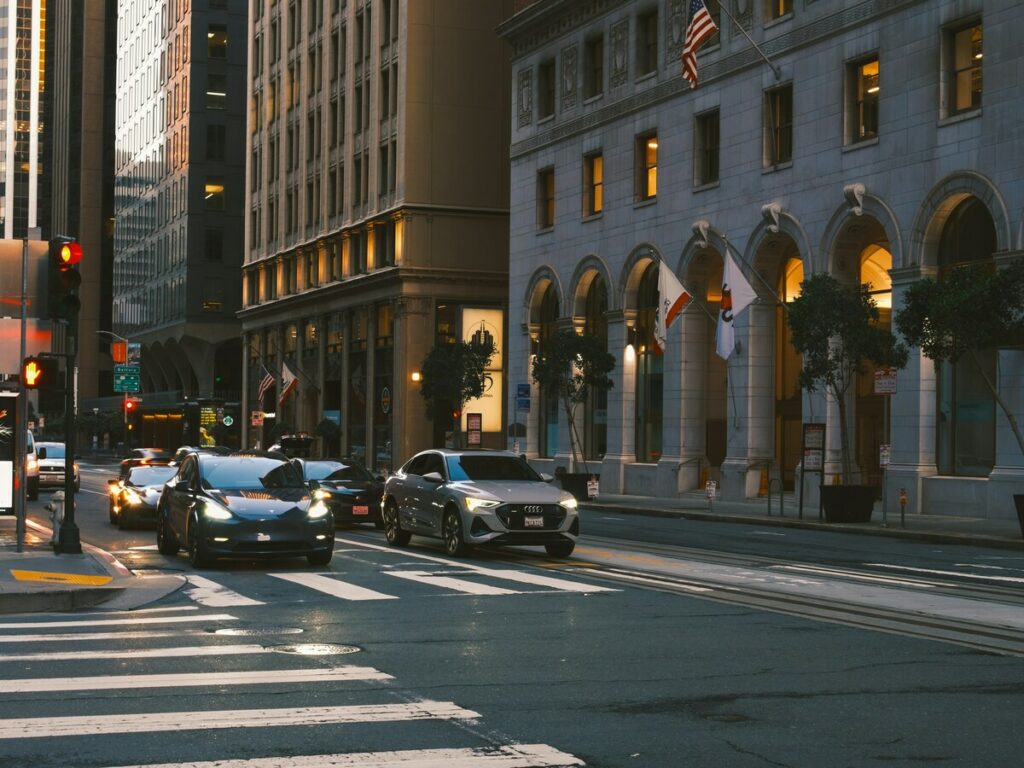
A traffic bottleneck occurs when the flow of vehicles slows down or stops at a specific point on the road. This disruption often happens repeatedly in the same location due to physical or operational issues. Common causes include road design flaws, abrupt lane changes, or poorly timed traffic lights. Por ejemplo, a sharp curve or a sudden lane drop can create a choke point, forcing vehicles to slow down. These bottlenecks reduce the efficiency of roadways and make it harder for you to reach your destination on time.













